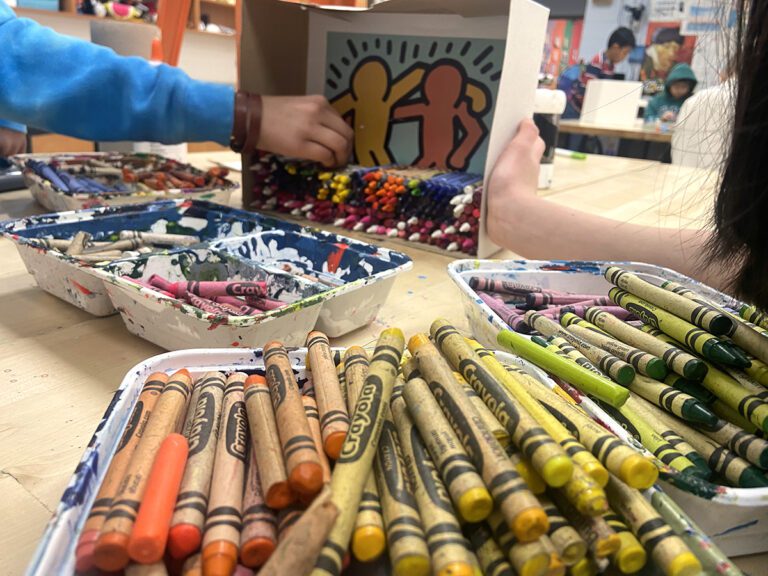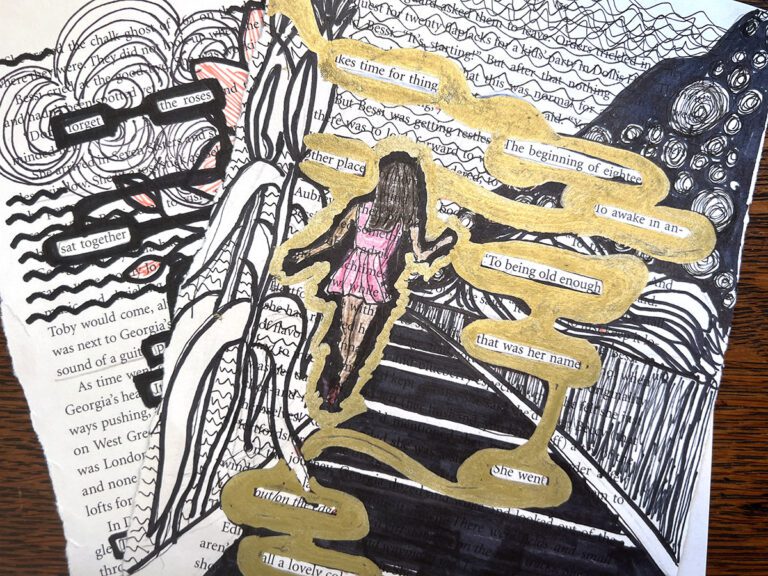What is it about Surrealism that is so fascinating to students? Seeing work that is technically proficient, yet profoundly unique, is always an intriguing experience. Beyond that first view, however, there are deeper ideas about imagination, creativity, and psychology that are always worth exploring.
If you want to delve into the ideas and artists of the Surrealist movement, below are 9 incredible artists to get you started.
Salvador Dali

Surrealism always seems to begin with Dali, of course. And why not? He is easily one of the most fascinating figures in all of art history. Beyond his incredible technical skill and uniquely creative paintings, his personality was one-of-a-kind. The mustache. The diving suit. The pet anteater. There’s no shortage of material when you’re teaching about Dali.
Andre Breton
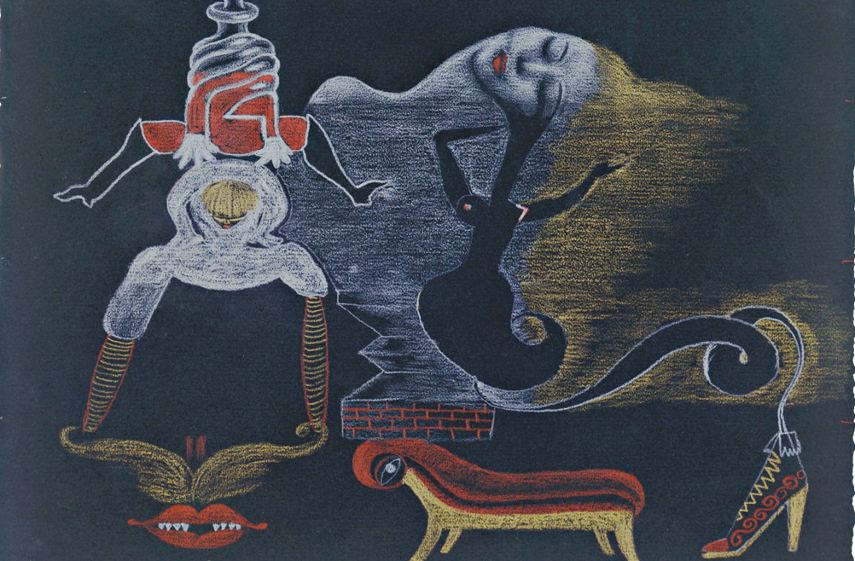
Though Dali is the best-known Surrealist, Breton is the artist who got the movement started. His Manifesto of Surrealism laid out the ideas and reasoning that would come to define the movement. Though he is known more for writing than painting, his ideas influenced Dadaists, Surrealists, and even Abstract Expressionists.
Frida Kahlo

While she never considered herself a Surrealist, Kahlo was very good friends with Breton. Kahlo’s work has all the hallmarks of surrealism; her paintings were often autobiographical, and she did a masterful job of mixing realism with dark fantasy.
Rene Magritte

Magritte’s work can perhaps best be described as a paradox. His imagery is clear and beautiful, but the viewer’s reaction can be unsettling. The subject is simple, yet the paintings are mysterious and strange. The mystery that comes with his words and images is a hallmark of his work.
Remedios Varo

Varo was influenced by a plethora of ideas–nature, religion, and literature, among others. She was often inspired by conversations with her friends, such as Surrealist painter Leonora Carrington and photographer Kati Horna. Varo translated these curiosities and inspirations into fantastic images.
Meret Oppenheim
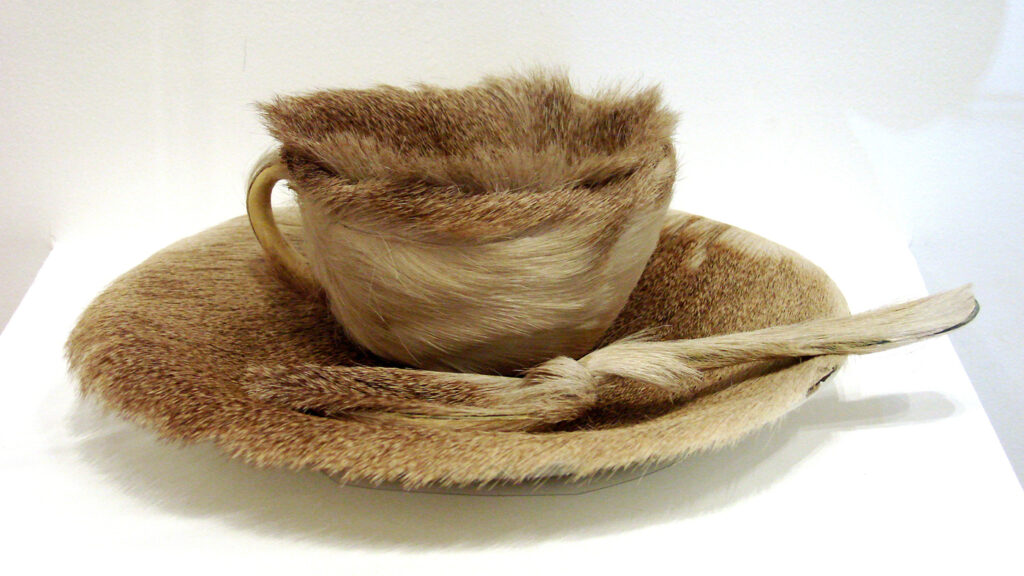
Oppenheim is, of course, best known for her signature fur-covered dishware. This transformation of everyday objects reflected Breton’s idea that mundane things should be presented in unexpected ways. Her work went far beyond the teacup, exploring themes of identity with equal parts humor and darkness.
Max Ernst

Ernst was a soldier in World War I, and that experience informed much of his artwork. His social commentary is unmistakable, but he also worked with the subconscious and experimented with subject matter and technique. He was a prolific painter and sculptor and had a hand in both the Dada and Surrealist movements.
Kay Sage

Sage’s style of Surrealism was tremendously influential in the United States in the 1930s. She explored themes of landscapes and architectural forms, often as metaphors for human psychology. If your students like Sage’s shadowy landscapes and stark buildings, make sure they also explore the work of Giorgio de Chirico.
Leonora Carrington
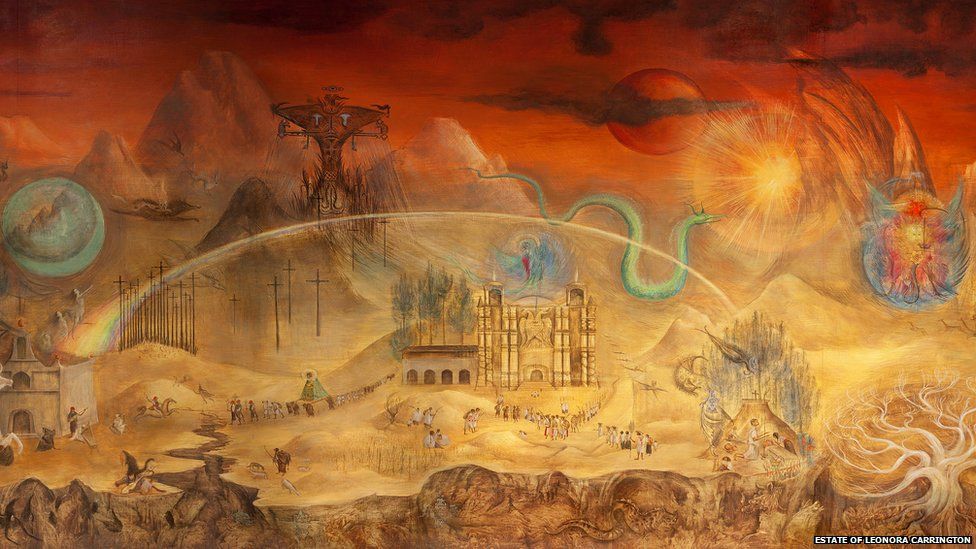
The U.K.-born artist Leonora Carrington had a long career, producing a diverse range of paintings and sculptures. She explored mythical subject matter in all of her work, later writing and publishing stories. She eventually settled in France with her partner and fellow Surrealist painter Max Ernst, where she mastered her captivating, magical realist style.
The main tenants of Surrealism will hold a great deal of interest for your students, and there are a plethora of themes to discuss and explore. Using these artists as a starting point, you can continue to discover more of their work and their ideas to influence and inspire your students.
Who are your favorite Surrealists?
Which Surrealist artists or themes do you use in your classroom?
Magazine articles and podcasts are opinions of professional education contributors and do not necessarily represent the position of the Art of Education University (AOEU) or its academic offerings. Contributors use terms in the way they are most often talked about in the scope of their educational experiences.




